La Fabuloserie Museum
Extant
1 Rue des Canes, Dicy, Bourgogne Franche-Comté, 89120, France
1983
About the Artist/Site
Located in the community of Dicy in a rural area of Burgundy, France, La Fabuloserie is a private museum that specializes in the display of artworks created by French artists with non-professional or self-taught backgrounds. It was founded and opened in 1983 by Alain Bourbonnais (1925-1988) and his wife Caroline Bourbonnais (1924-2014).
History of the museum
Manifesting an artistic talent at an early age, Alain Bourbonnais was advised to become an architect. He studied at the École des Beaux Arts in Paris and after graduating and receiving his certification, he worked mainly in the public domain, designing buildings such as theaters, public libraries, and railway stations.
In contrast to his professional activities, Bourbonnais privately was quite interested in the works of unknown or little-known French self-taught artists. During the 1950s and ‘60s he collected many of their works, which he presented in his own art gallery in Paris, Atelier Jacob on the Rue Jacob. This gallery opened in 1972.
During this same period Jean Dubuffet was building his collection of art brut, but Bourbonnais only learned about Dubuffet when in the mid-1970s he read a newspaper article about the latter's plan to transfer his collection of art brut to Lausanne, a project that was realized in 1976. The two met and became friends, and although they shared information about self-taught artists with each other, there was a substantive difference between the two collections. Dubuffet focused on collecting work from psychiatric patients and others who were similarly isolated from society, while Bourbonnais primarily emphasized work produced by such creators as laborers, masons, miners, and farmers. In addition, Dubuffet wanted to restrict the designation of the term art brut for his own collection, so Bourbonnais looked for another term to describe the works that he had collected, acknowledging that this was appropriate as the works had tended to arise from different sources. Bourbonnais decided on art hors les normes (art beyond the norm).
In 1978, with Michel Ragon, Alain Bourbonnais curated the groundbreaking exhibition Les Singuliers de l'Art for the Museum of Modern Art of the City of Paris, which included over 300 works from Bourbonnais’ collection. After the exhibition, the term art singulier (singular art) became commonly used in France.
Bourbonnais owned a country house in Dicy, some 100 kilometers southeast of Paris, which also included a studio where he made his own work. In 1982 he and his wife decided to close the Paris gallery Atelier Jacob and transfer all artworks to the country house in Dicy, which opened to the public in 1983 as the museum La Fabuloserie. (In the summer of 2016 La Fabuloserie opened another gallery in Paris, also on the rue Jacob, now located at #52.)
After Alain Bourbonnais died in 1988, Caroline succeeded him as the Museum’s director, a post she held until her death in 2014. Currently the museum is directed by the Bourbonnais’ two daughters Sophie and Agnes Bourbonnais. It welcomes some 15,000 visitors each year.
The collection
La Fabuloserie museum has a large interior space as well as an extensive outdoor area with a pond. In the interior, paintings, prints, collages, installations and other creations of over one hundred self-taught artists are exhibited, whereas on the exterior the focus is on installations and sculptures related to (mostly) no-longer-extant art environments.
Because the museum was historically a private home, it has an intimate atmosphere. One of the works that fits best is the dining room by Giovanni Podesta (1895-1976), a creation that was transferred to and installed in the museum in 2013, following renovation to provide a suitable space.
The museum also displays works by a variety of other artists, such as Michel Nedjar (b. 1947), known for the life-size dolls he creates from recovered material: and François Monchâtre (b. 1928), known for his machines such as the Automaboule; and Francis Marshall (b. 1946), with his life-size “stuffings;” a series of his stuffings Adventures of Mauricette are presented in their own black room. Other well-known artists whose work is represented in the collection include Paul Duhem, Mario Chichorro, André Robillard, Emile Ratier, Miguel Amate, and Danielle Jacqui. Alain Bourbonnais also included his own work, the Turbulents, in the museum displays; this is an ensemble of large grotesque characters with masks referential to carnival.
The museum’s park
In terms of art environments, La Fabuloserie’s greatest achievement was the transfer of Pierre Avezard's (1909-1992) large installation Le Manège from its location in Fay-aux-Loges to the museum premises. Le Manège is a large merry-go-round that was created by Avezard beginning in 1937; it combined a variety of devices such as airplanes, cars, figures and bicycles, all created from scrap metal and incorporated into a kinetic machine that rotated. Avezard opened this work to the public in 1955 and the weekly Sunday afternoon shows attracted a lot of visitors.
As noted on SPACES’s separate page about Avezard, in 1985 the artist was no longer able to care for his creation and the installation was at risk of damage and deterioration. With Avezard's agreement, in the late 1980s a group of volunteers carefully dismantled the Manège and rebuilt it on the La Fabuloserie grounds, where it opened in August,1983.
Apart from Avezard's spectacular work, the Fabuloserie garden includes a variety of other sculptures and installations, most of which were rescued from art environments that were in danger of being destroyed or that were deteriorating due to the effects of weather and vandalism. These include:
Camille Vidal (1894-1977)
This artist also has a separate webpage on the SPACES website. Vidal, a mason and cement maker, began making sculptures from reinforced cement after he retired, around 1955, which he then displayed in the garden around his house. After Vidal died his house was sold and the new owners did not want to keep the roughly 150 sculptures. Alain Bourbonnais was able to purchase 54 of the works, and in 1982 they were installed in front of the red wall in the La Fabuloserie garden (this wall was created by Alain Bourbonnais and has no relation to Vidal’s artwork).
François Portrat (1884-1976)
Behind Vidal’s sculptures, tree-like ornaments have been installed on the red wall; these were originally part of Portrat’s decorated garden around his house in Champjean, a hamlet of the community of Brannay, some 40 km north of Dicy.
Portrat ran a drugstore in Arnay-le-Duc in the France’s Morvan area until and his wife divorced in 1928. Afterward he settled with his two daughters in Nice, where he may have opened another store. Later he moved to the region around Paris, and in 1947 he settled in Champjean.
Here, in the early 1960s, he began embellishing his garden with concrete sculptures that depicted famous French personalities. He also decorated the garden with various structures and hundreds of medallions, which he attached to the trees or added to tree- or totem-like mosaic-decorated constructions. These medallions often included photographs of people or other representations, contained in frames decorated with mosaics created from broken dishes and pieces of plate glass.
Portrat died in 1976, and Bourbonnais was able to save a number of Portrat’s decorated tree-like structures before the site was demolished. Bourbonnais then included these works in his 1978 exhibition Les Singuliers de l'Art. Since the opening of La Fabuloserie, these works have decorated the garden’s red wall.
Jean Bertholle (1910-2002)
Bertholle worked in a factory in Châtillon-sur-Seine, some 130 km east of Dicy, that produced shoe heels. After he retired in 1974, he began making girouettes (whirligigs) and other creations, which he displayed in the garden of his house in Chamesson, near Châtillon. He was known as "Toto," the sabotier (the wooden clog-maker). During the 1980s or 1990s, Bertholle's girouettes were transferred to La Fabuloserie, where they were installed on the small island within the pond. Bertholle’s art environment has fallen into oblivion and is no longer extant.
Jules Damloup (1898-1985)
The garden of La Fabuloserie includes sculptures of a lion and a zebra that are among the site’s masterworks. These sculptures were rescued from Damloup’s sculpture garden in Pithiviers, some 90 km west of Dicy. The garden, named La petite Afrique (Little Africa), was known for its variety of fabricated African animals, as the artist had always dreamed of visiting the continent. The site was demolished in the 1980s and is no longer extant.
Charles Pecqueur (1908-1990)
As related in SPACES’s separate webpage, Charles Pecqueur, who worked for over 30 years in a mine in northern France and who also, for some 18 years, was mayor of the community of Ruitz, became known for the decorations of Snow White and other sculptures he added to the wall and the garden of his house. He became friends with Alain and Caroline Bourbonnais and created their likenesses. These figures, which depict the couple as fairy tale characters, are now installed in the La Fabuloserie garden.
Jean-Pierre Schetz (1921-1986)
Jean-Pierre Schetz, who worked as a mason in the road department of the Belgian city of Liège, acquired a house in a new quarter of town during the 1950s. He decorated the little front garden of this house with small sculptures and a variety of ornaments made from recycled material. After he and his wife died (in 1986 and 2006, respectively) the housing association decided to destroy the site. The only known works that are now extant in a publicly-available collection are those found in the Fabuloserie garden.
Alpo Koivumäki (1939-2023)
In 1995, when Finnish farmer Alpo Koivumaki from Finland had to stop farming at age 56 because of new regulations established by the European Union, he began making life-size sculptures of all kinds of animals, using scrap material like oil drums, old tires, and parts of engines. His creations, which he installed on the grounds around his farm, became known internationally, and in 2004, as an artist-in-residence at La Fabuloserie, he created a life size elk.
La Fabuloserie is open to the public from March 31 to June 30 on Saturdays, Sundays and holidays from 2 pm to 7 pm, and from July 1 to August 31 daily from 11 am to 7 pm. Small fees to visit are requested, and group tours are available in advance.
~Henk van Es
Map & Site Information
1 Rue des Canes
Dicy, Bourgogne Franche-Comté, 89120
fr
Latitude/Longitude: 47.9329733 / 3.1069462
Nearby Environments


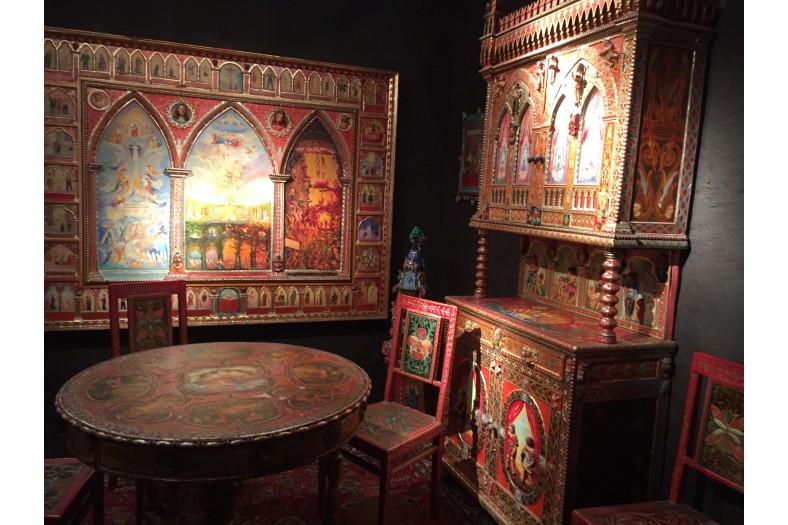
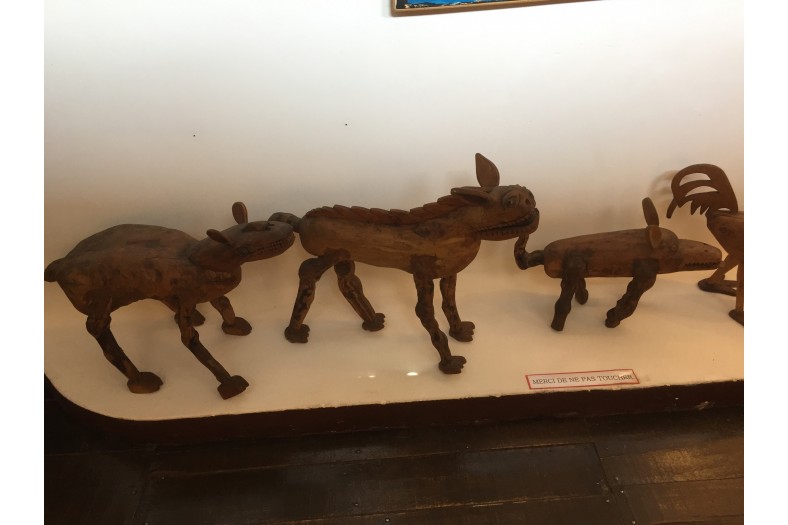
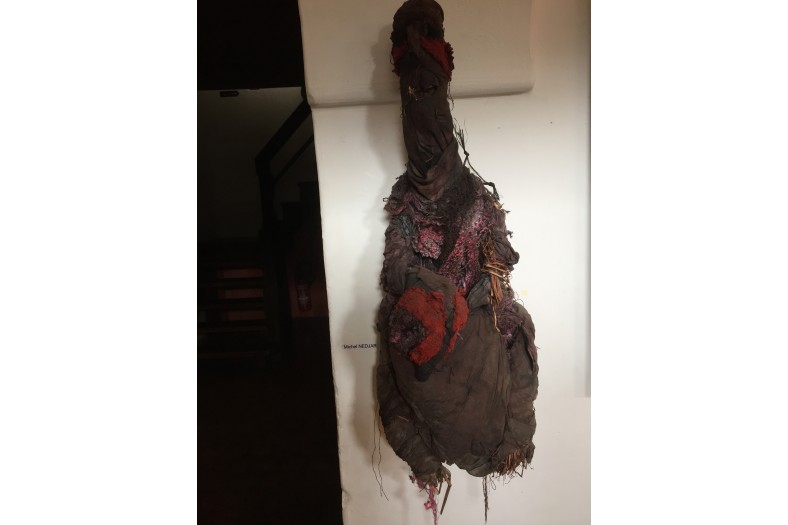
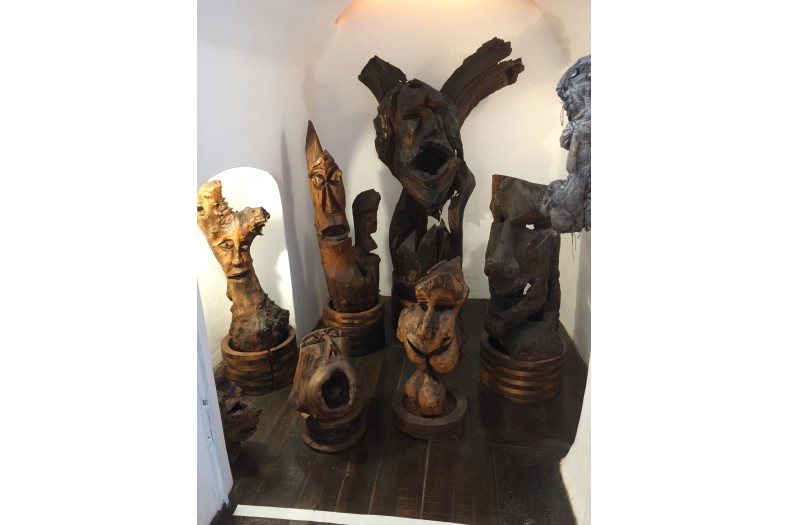
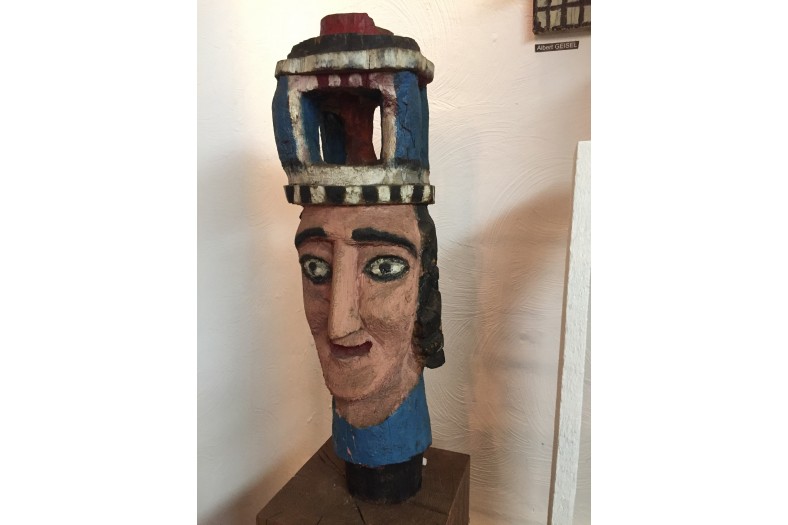
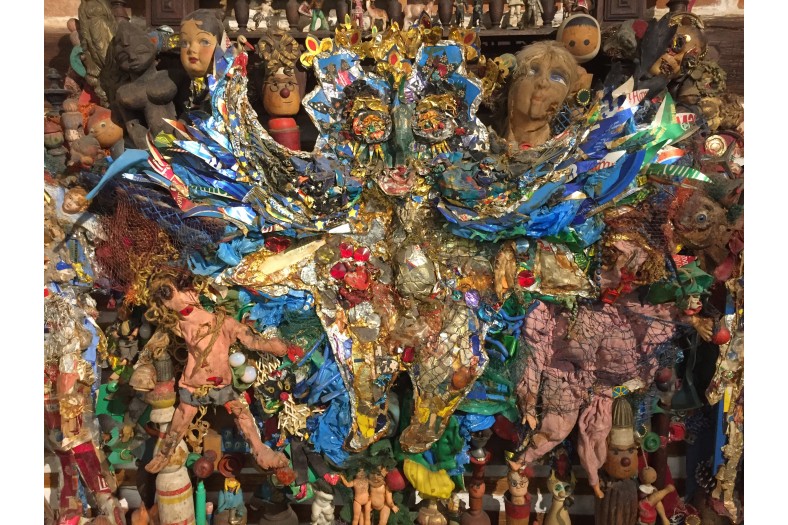
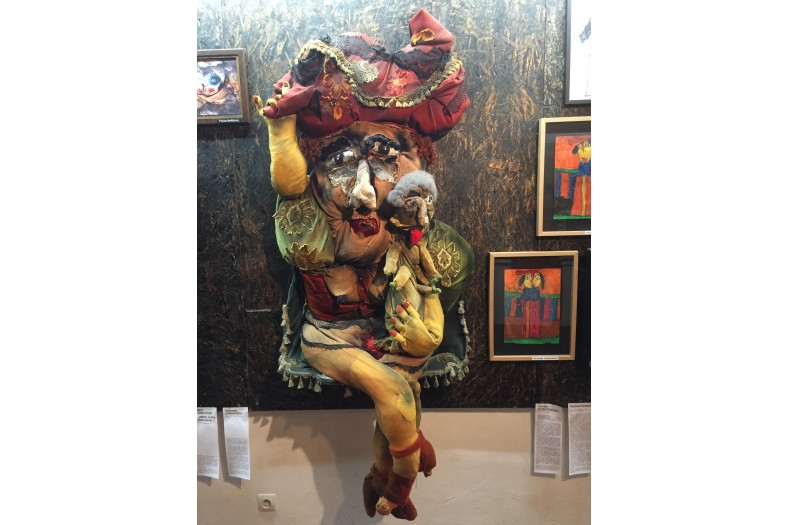
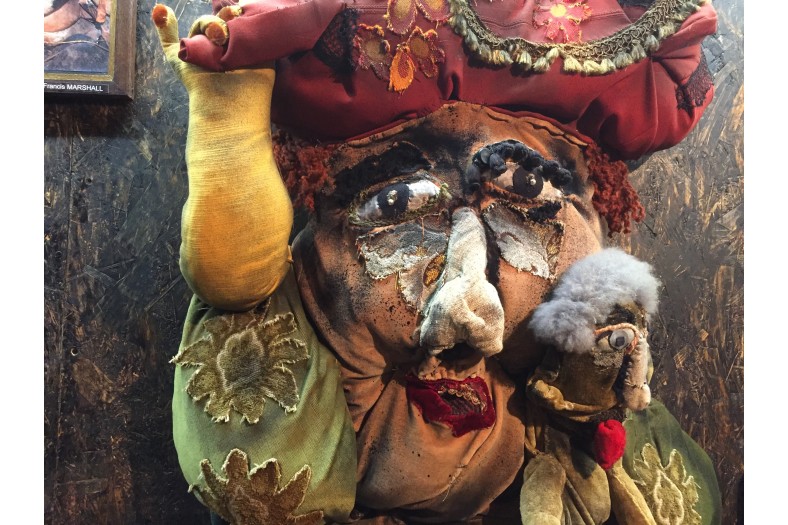
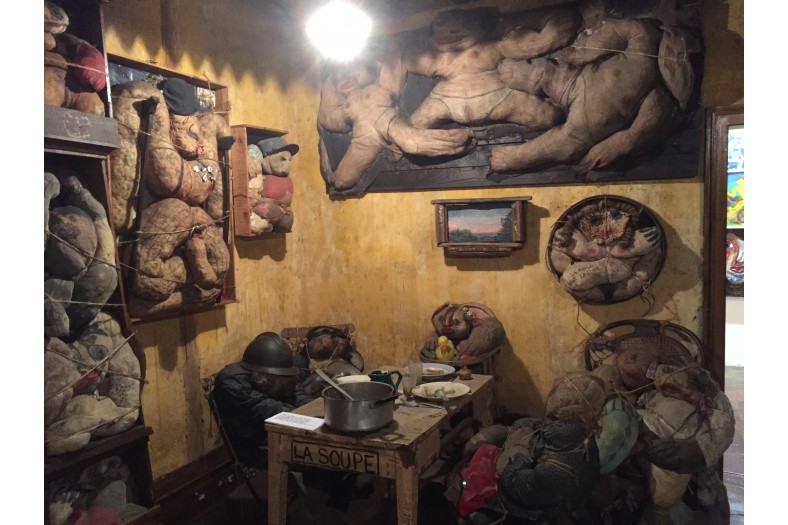
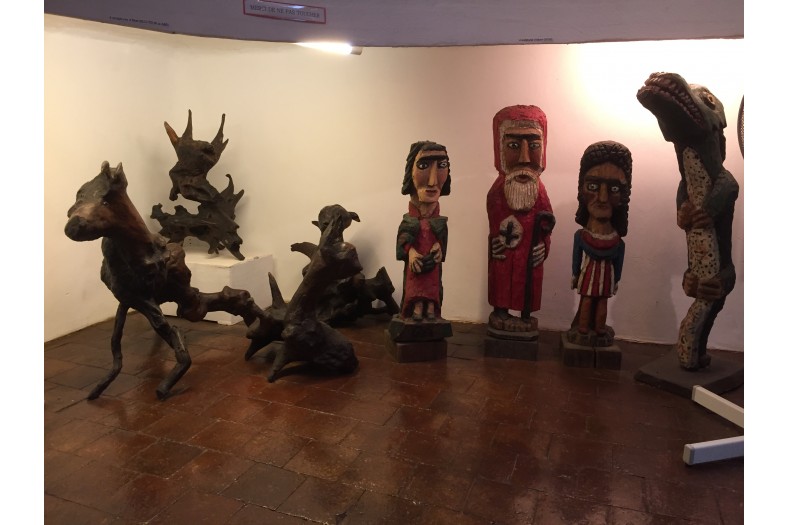
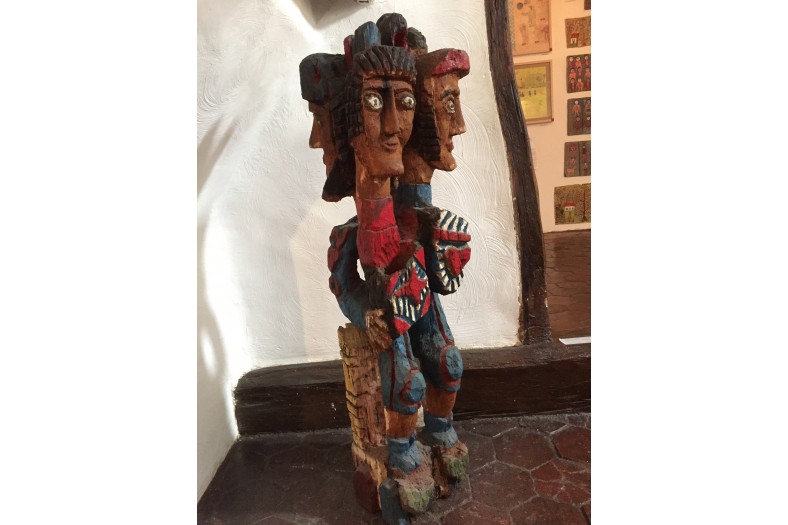
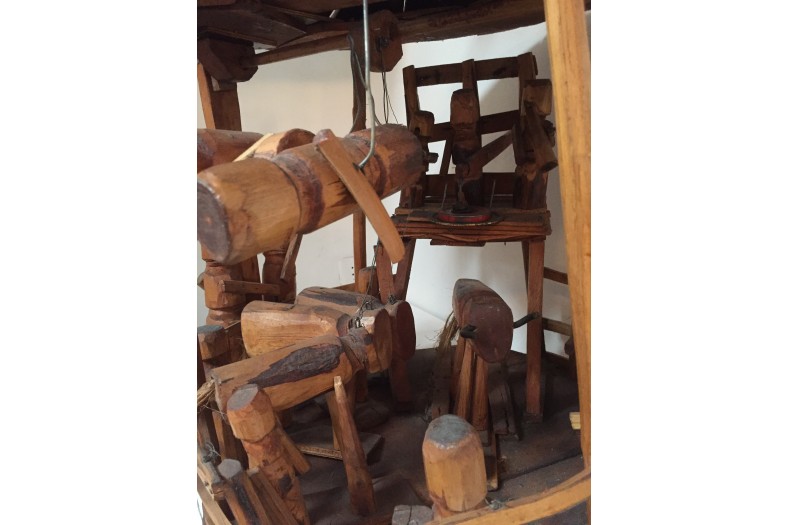
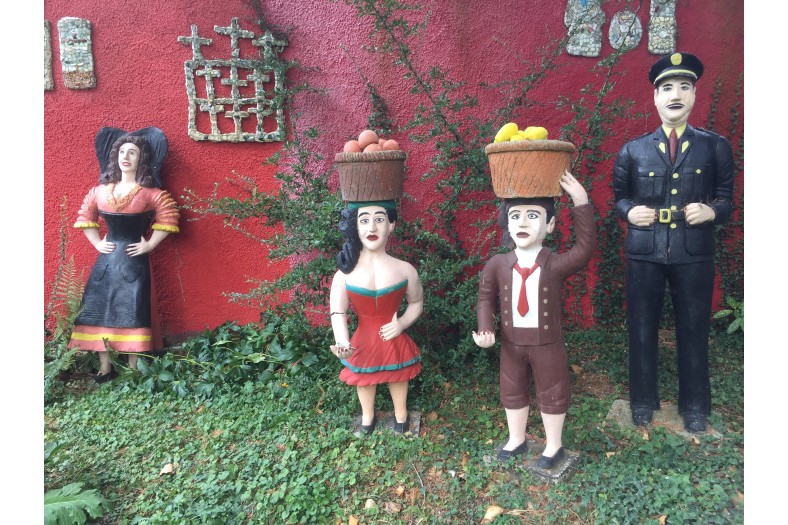
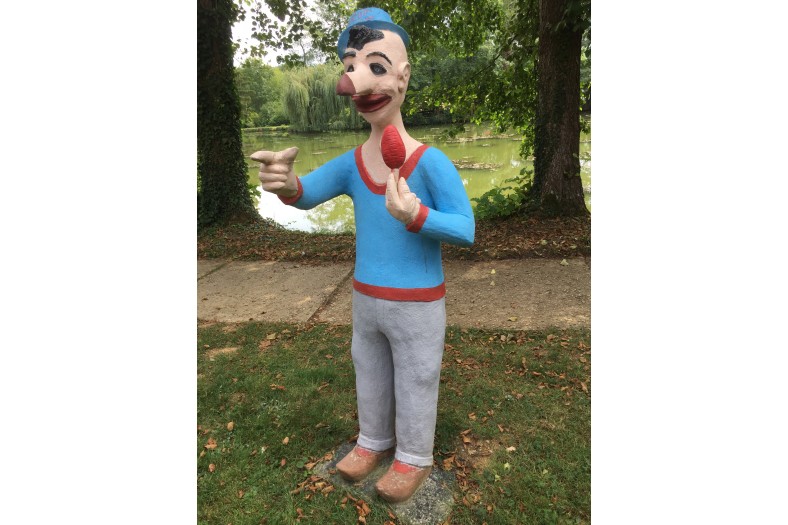
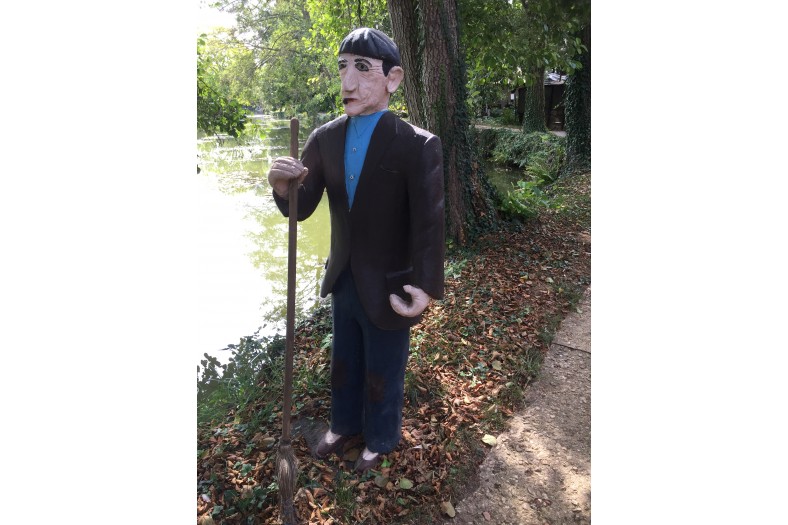
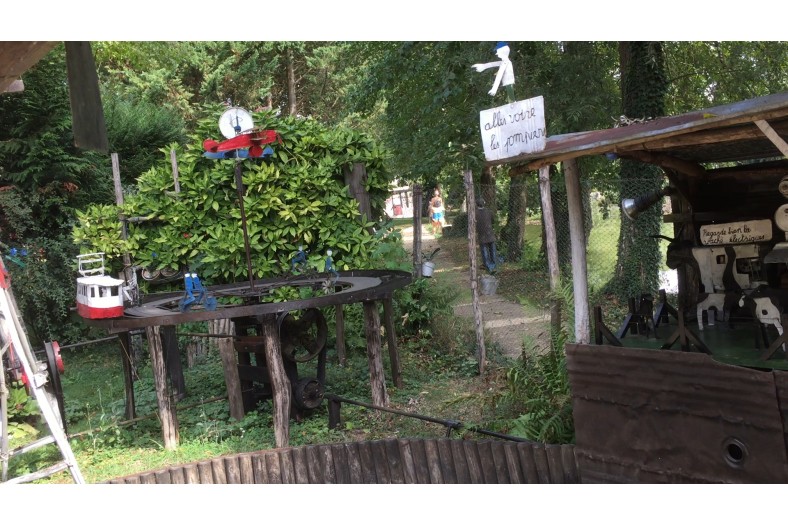
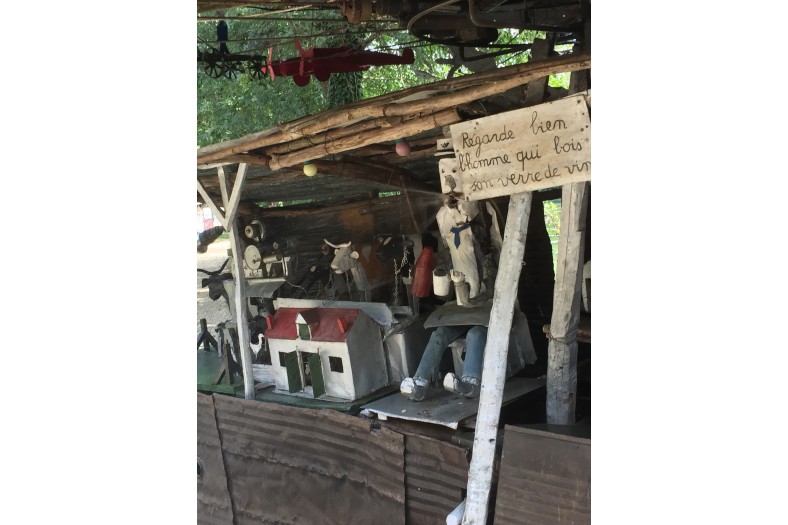
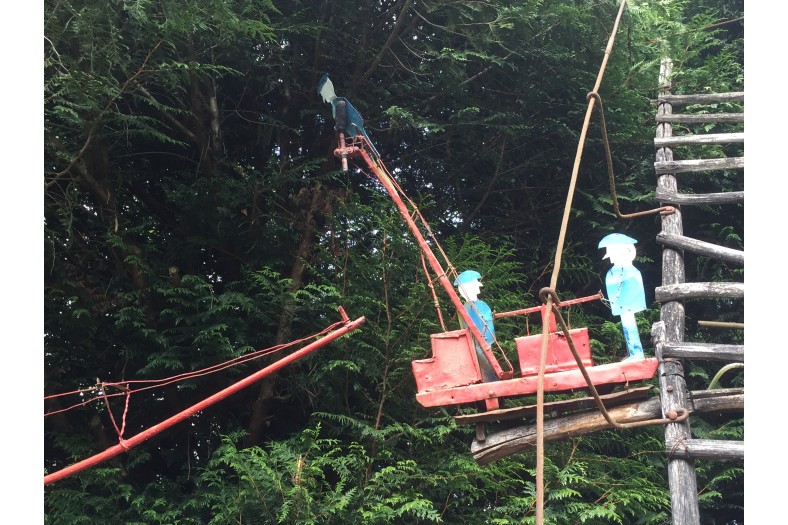
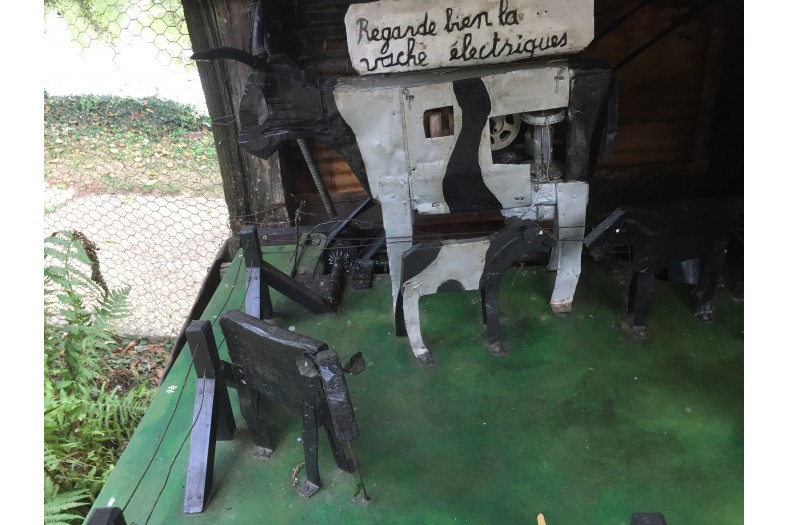
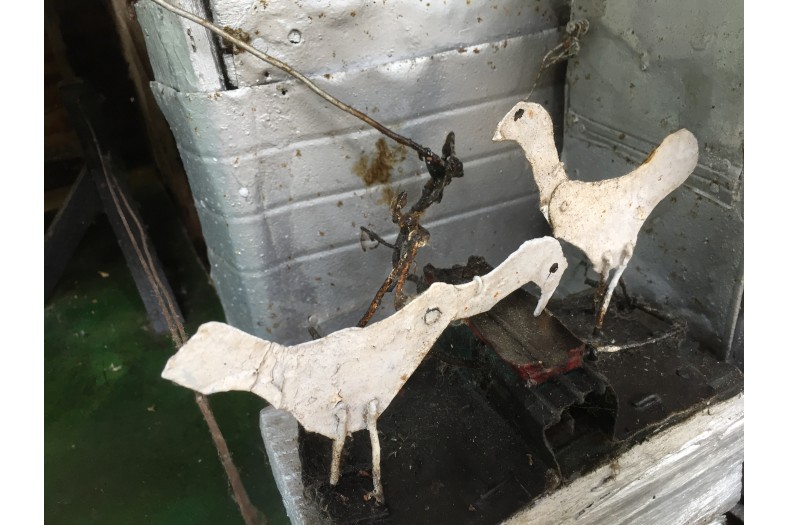
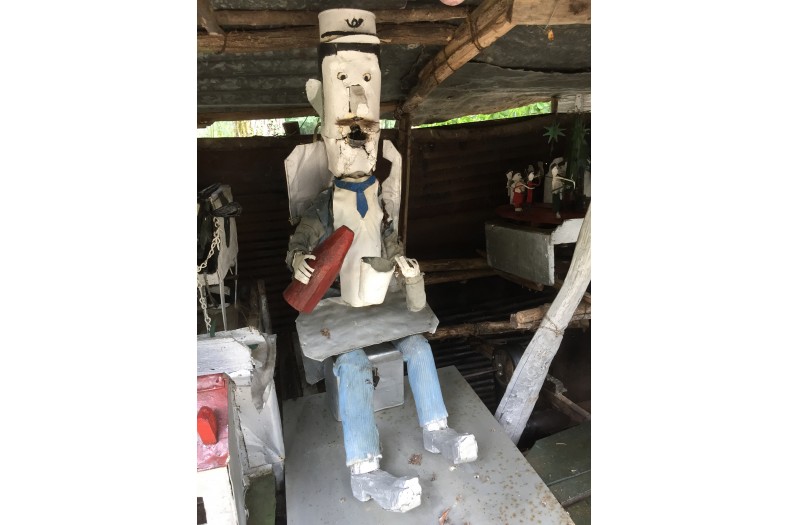
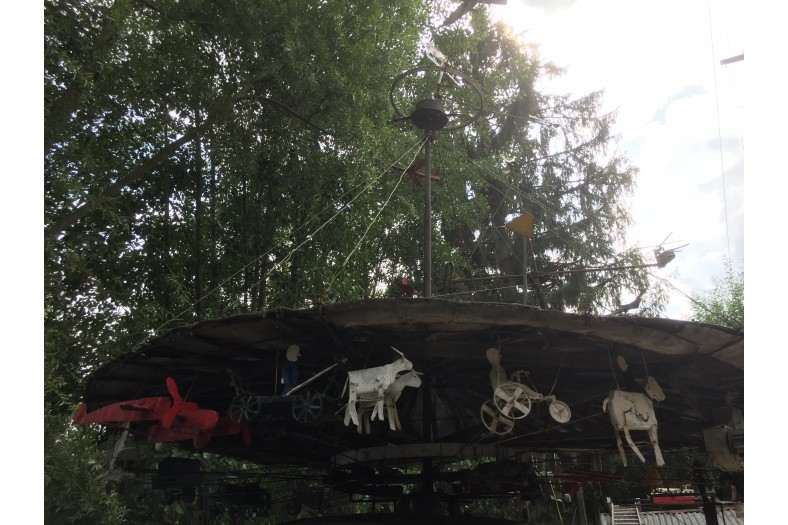
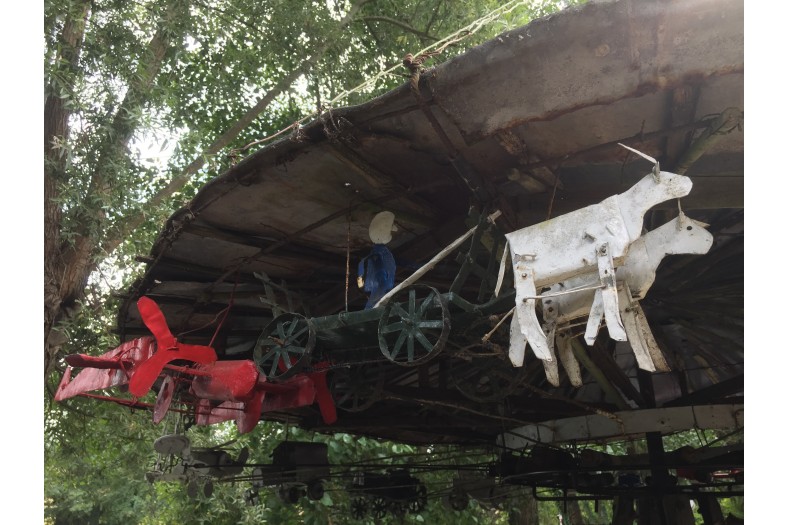
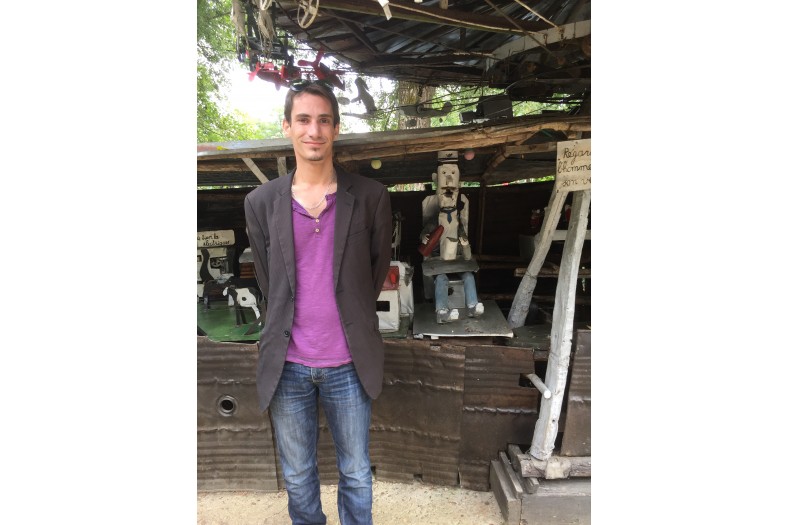
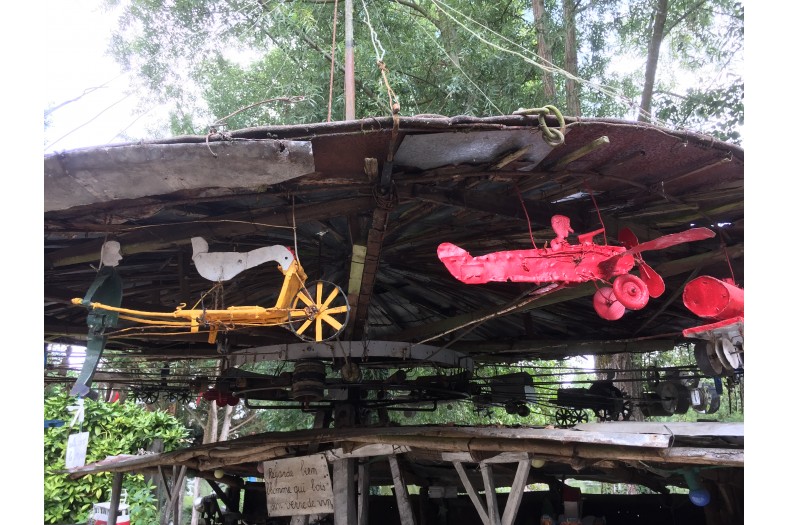
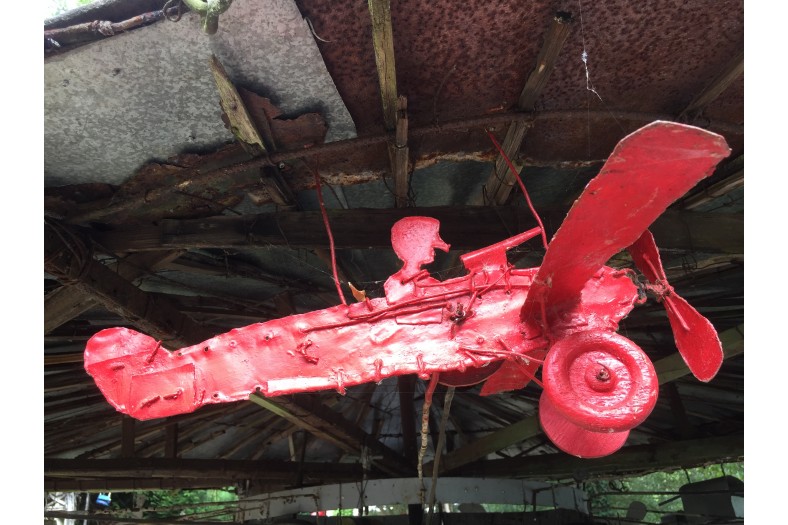
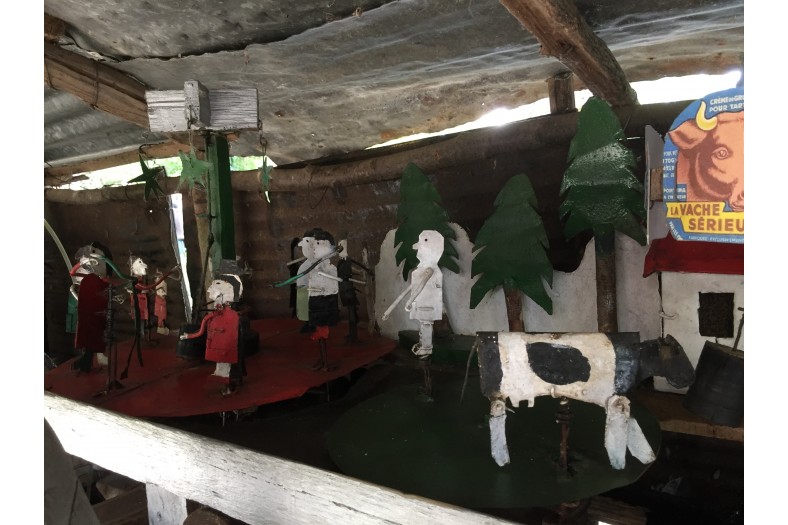
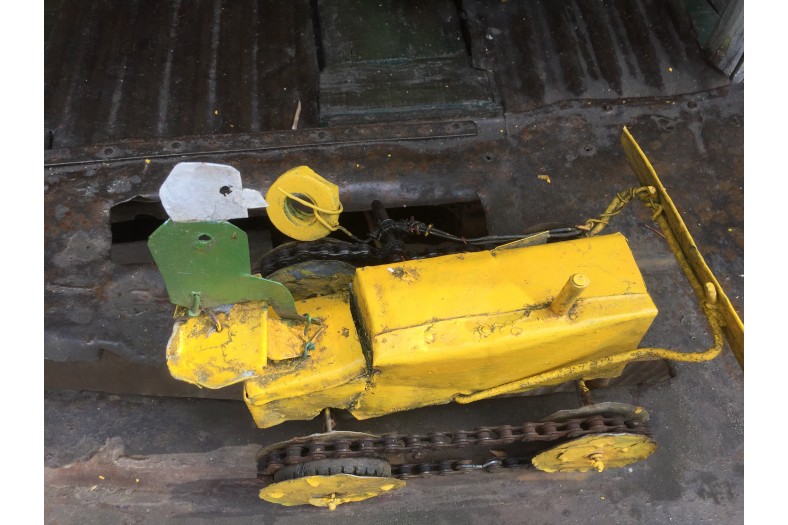
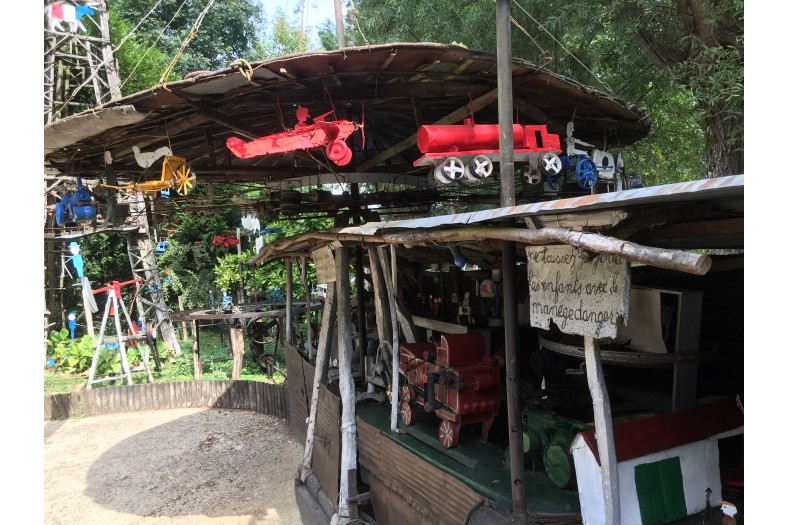
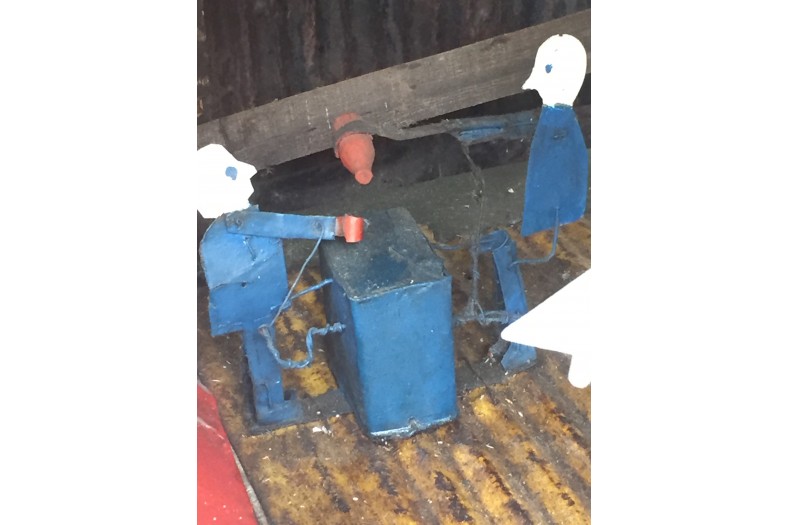
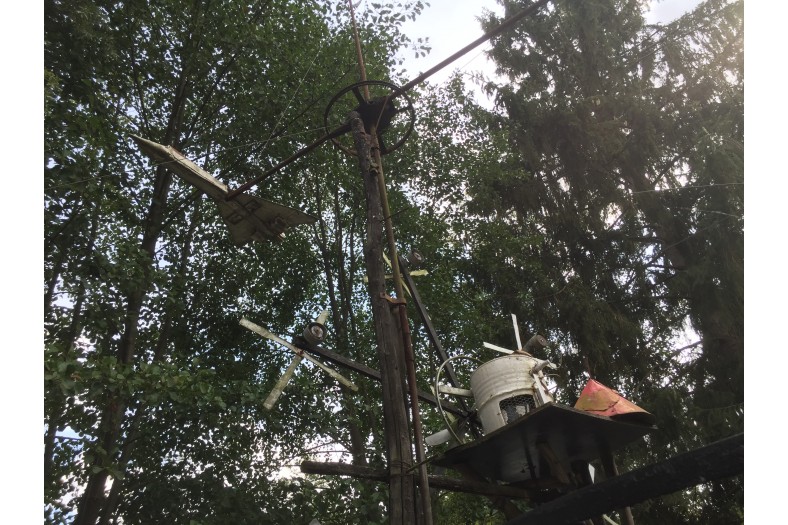
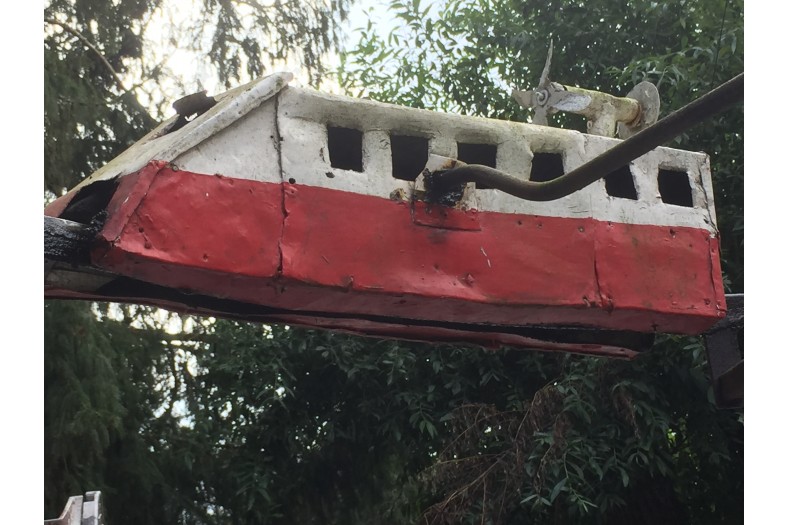
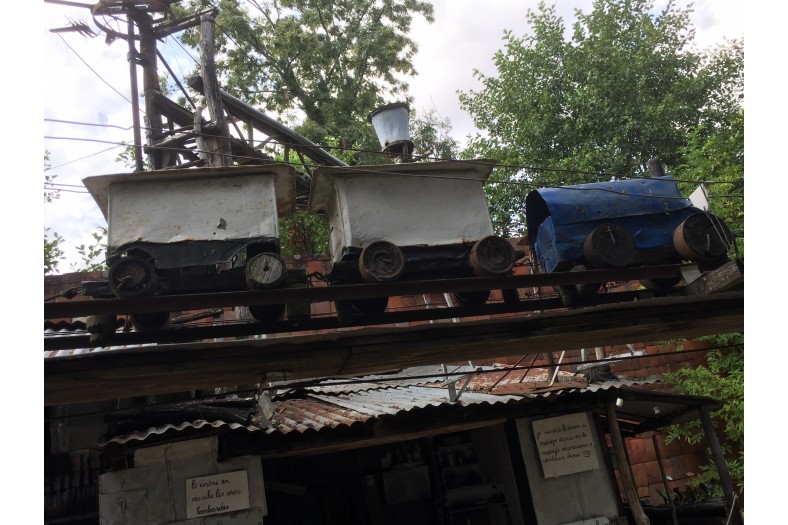

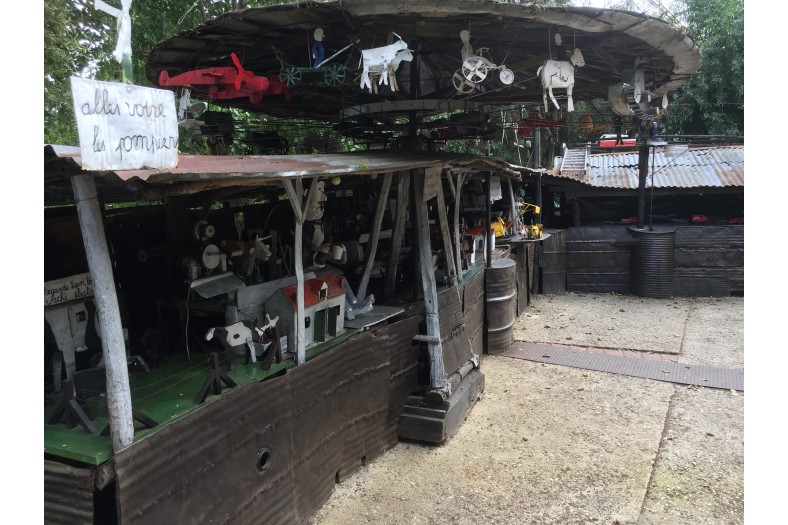
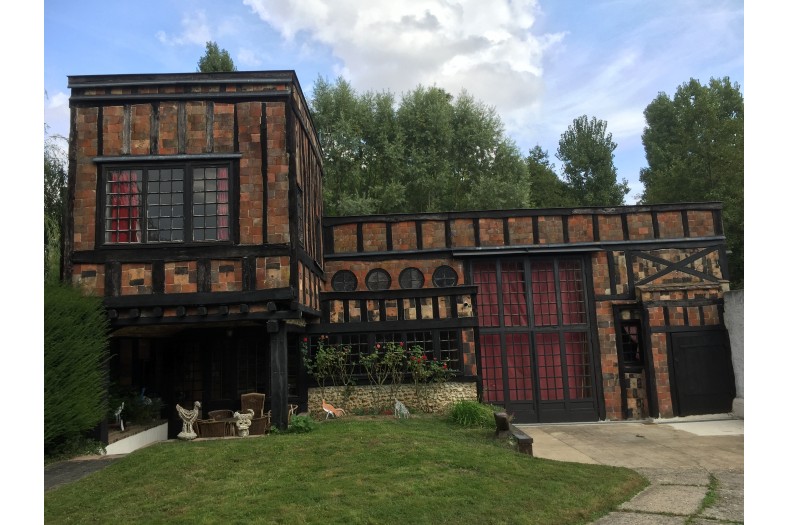
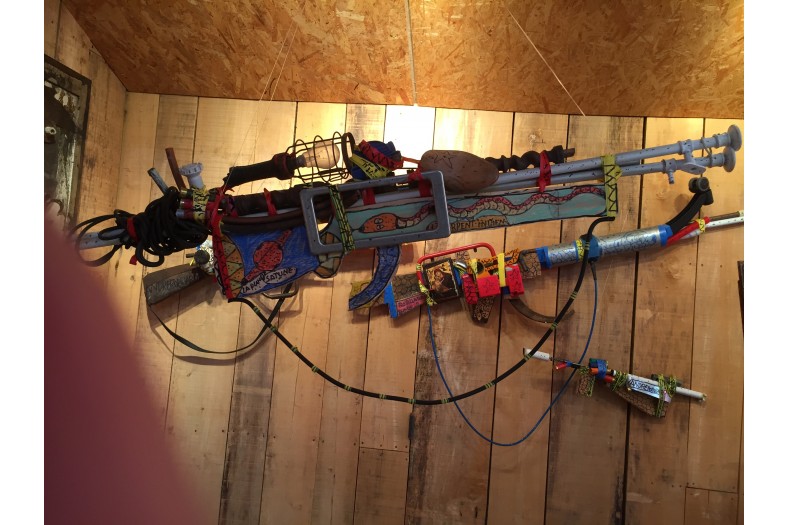
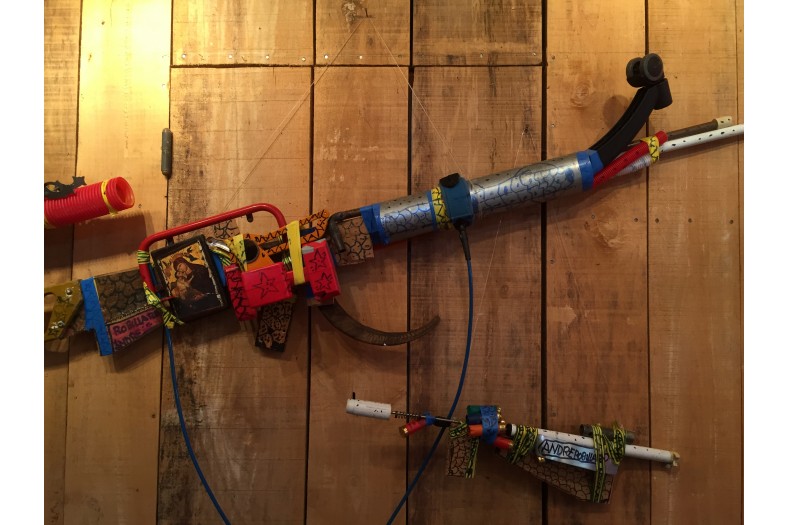
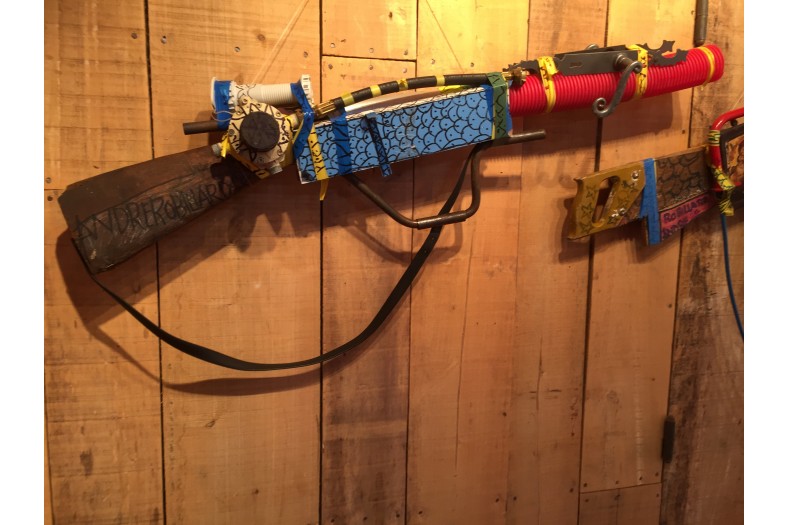
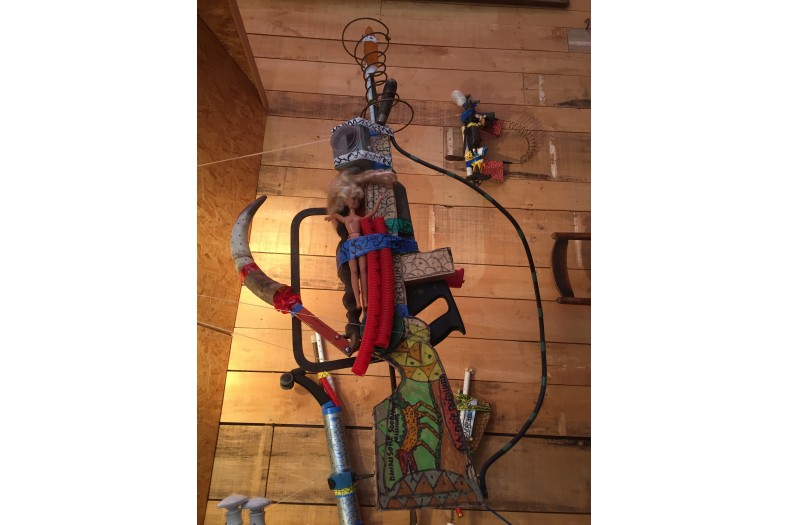
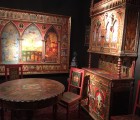
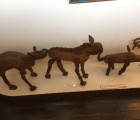
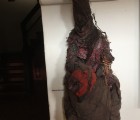
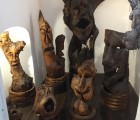
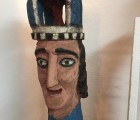
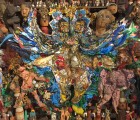
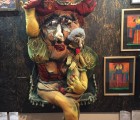
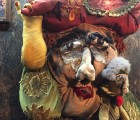
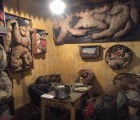
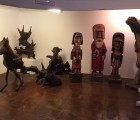
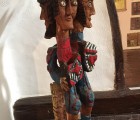
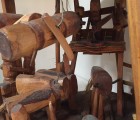
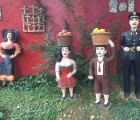
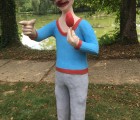
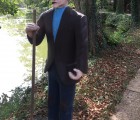
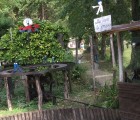
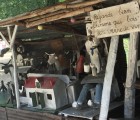
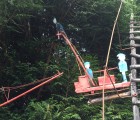
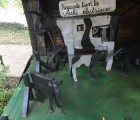
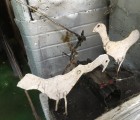
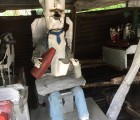
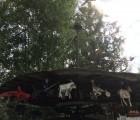
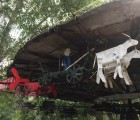
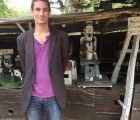
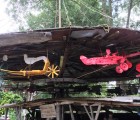
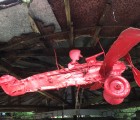
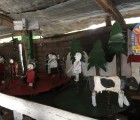
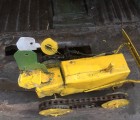
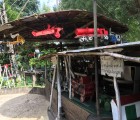
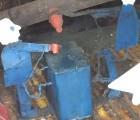
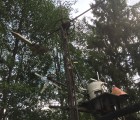
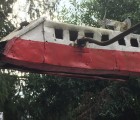

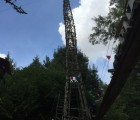
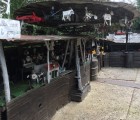
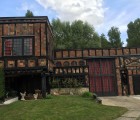
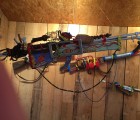
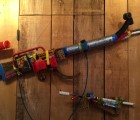
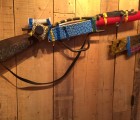
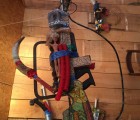
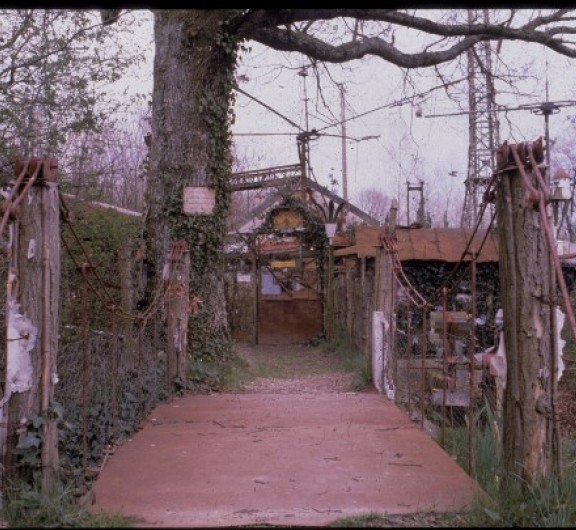
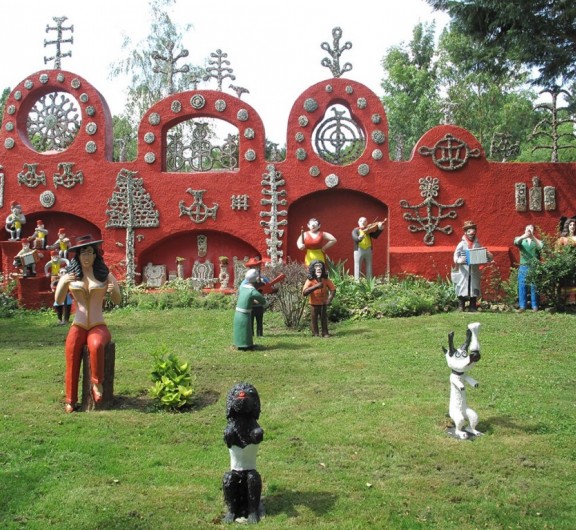
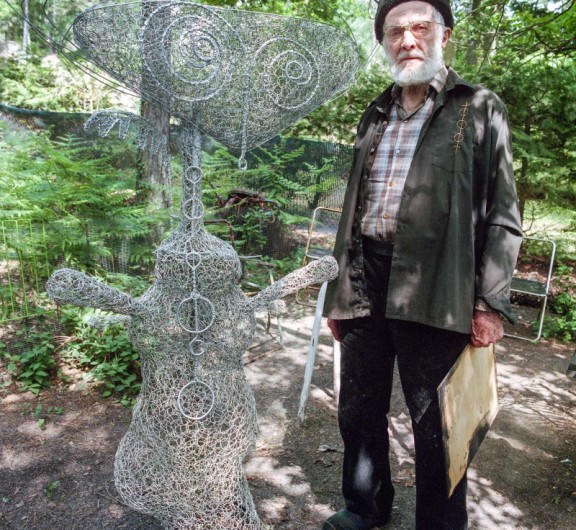
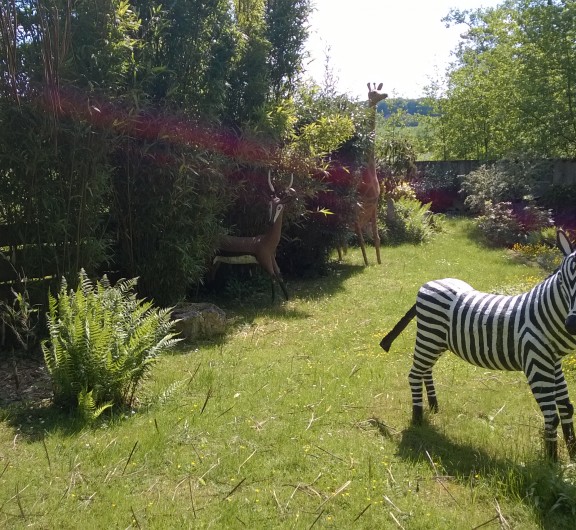
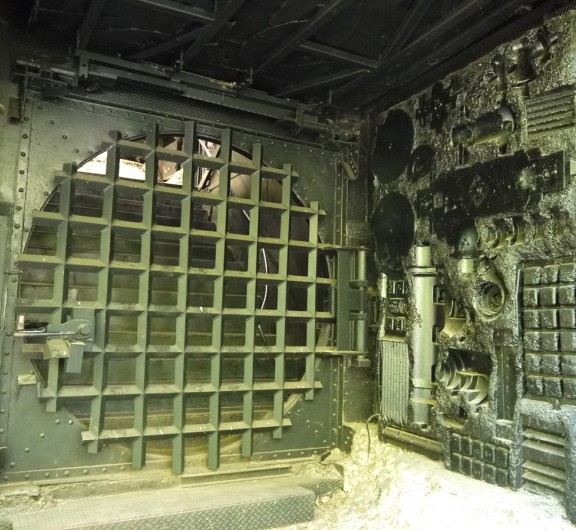


Post your comment
Comments
No one has commented on this page yet.